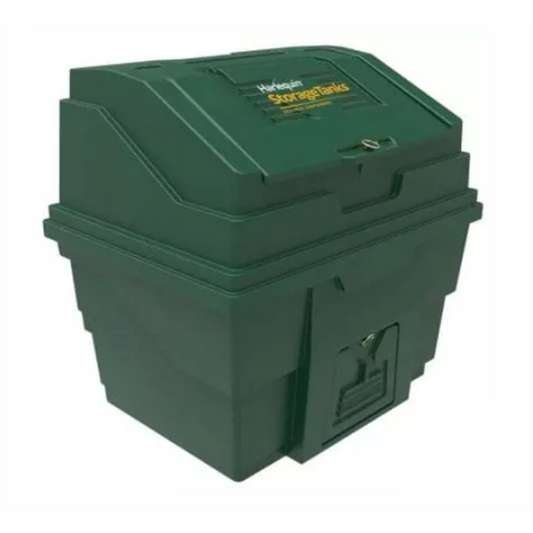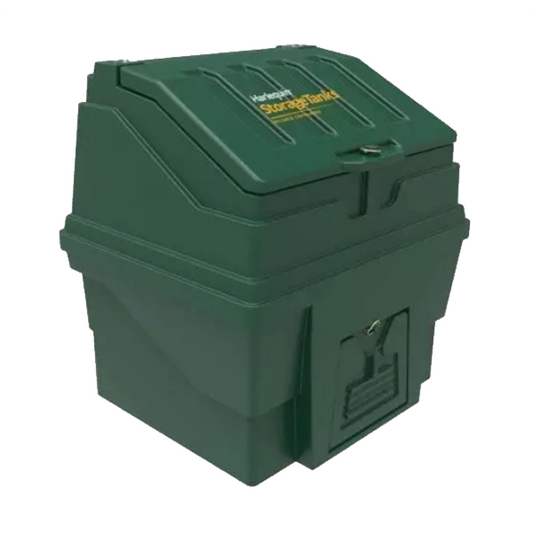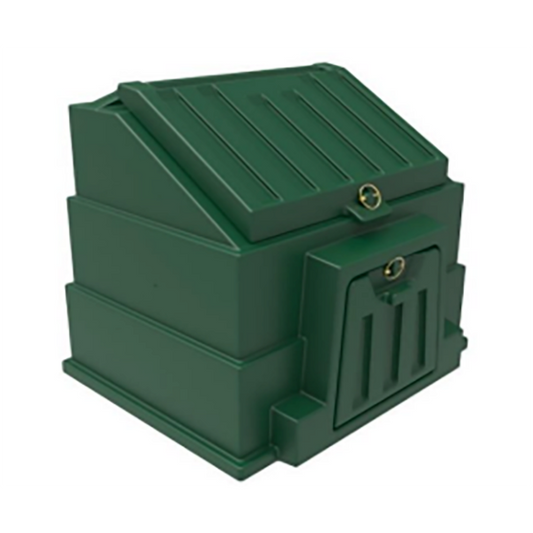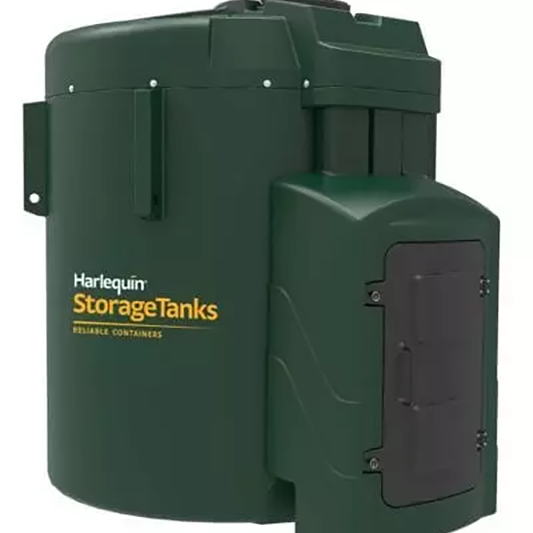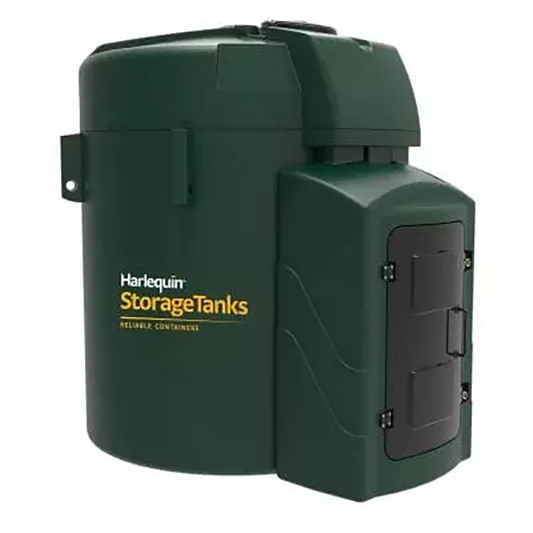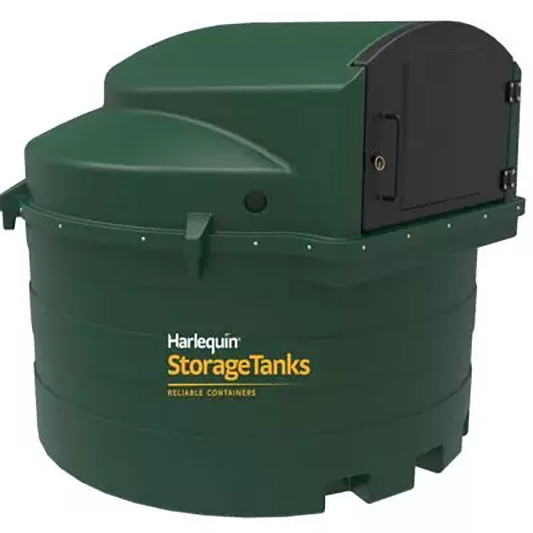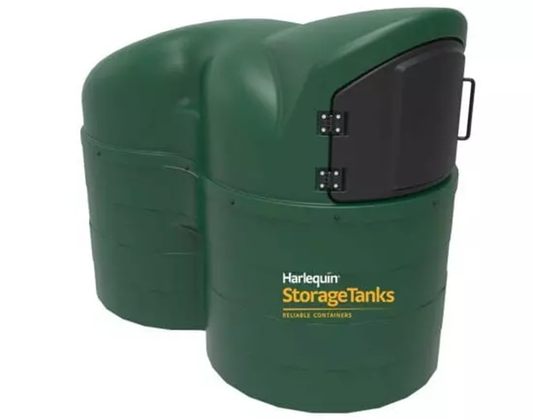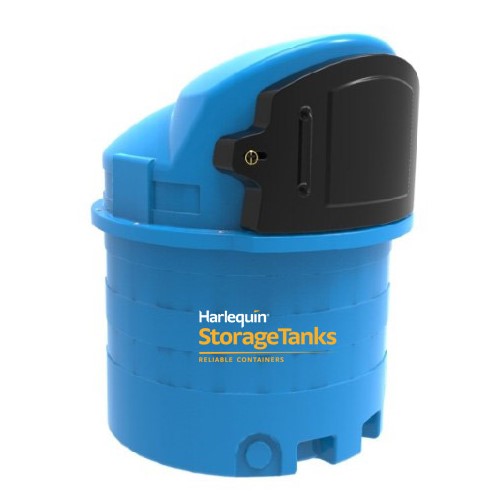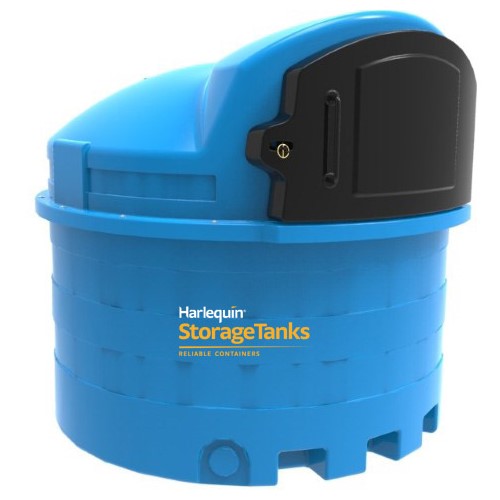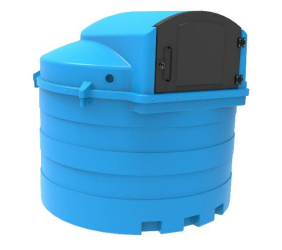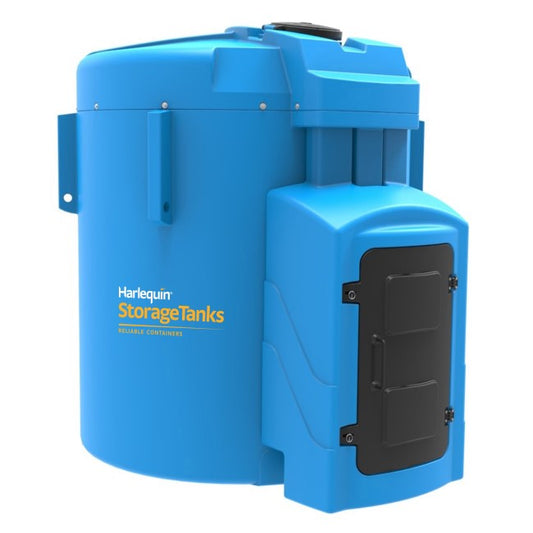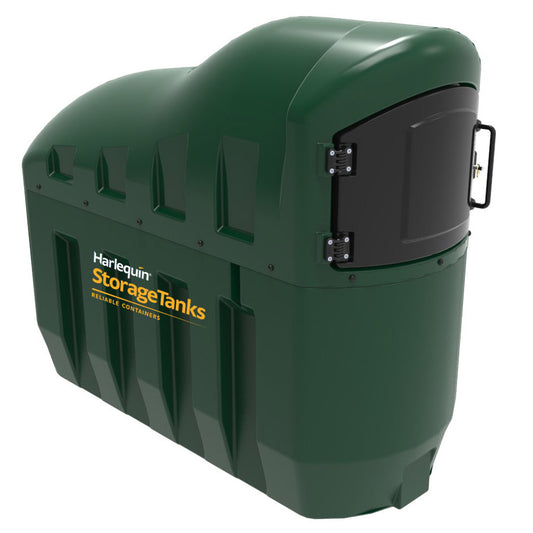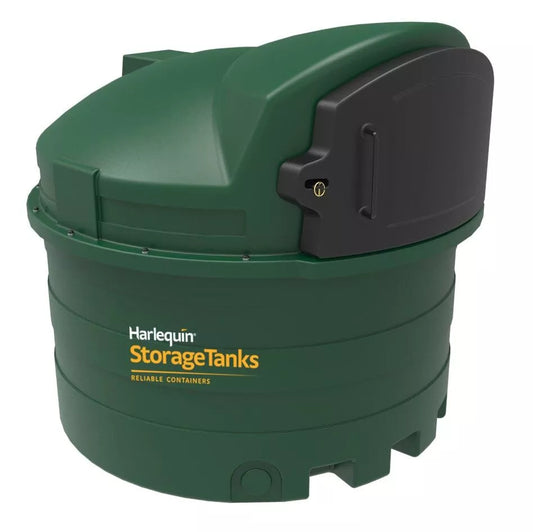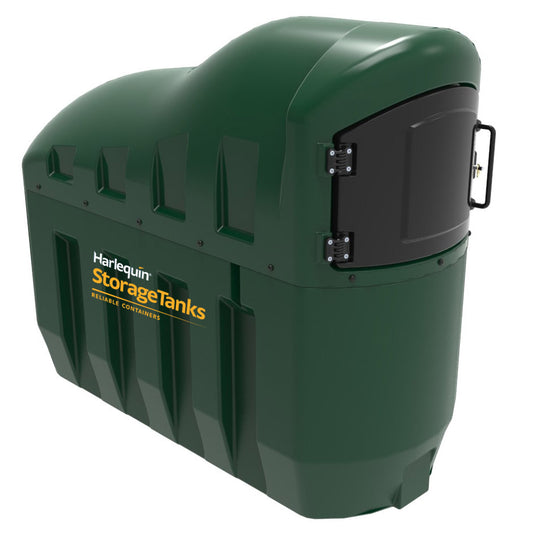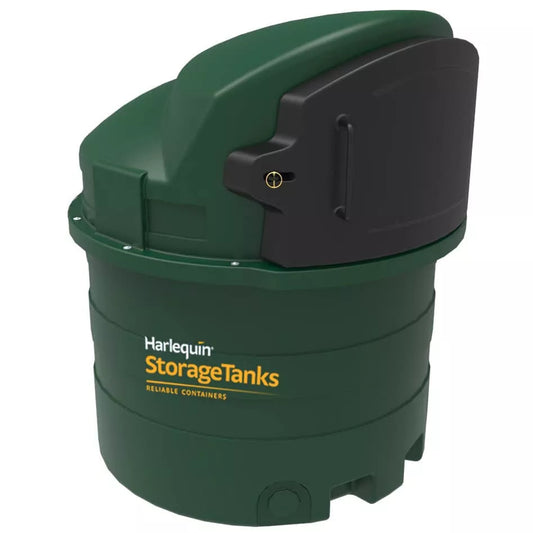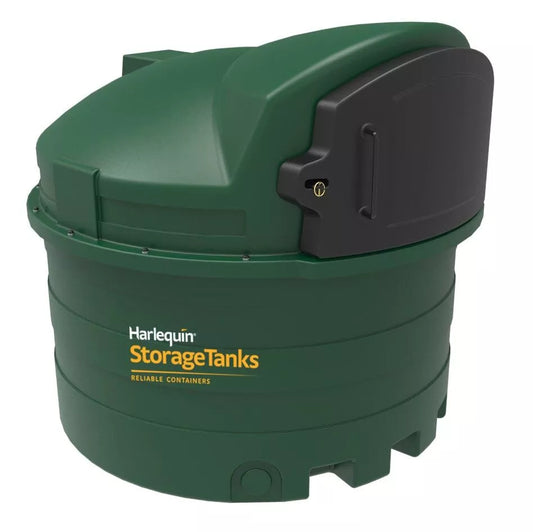Frequently Asked Questions
What is a bunded tank?
Put simply, a bunded tank is a tank within a tank.
The fuel is stored in the inner tank whilst the outer tank (or bund) acts as a failsafe. In the event of a spillage, excess fuel will collect in the bund.
Bunded tanks protect against contamination, leakages, and oil replacement – making them the safest solution for storing fuel.
Bunded fuel storage tanks are a legal requirement for all domestic, commercial, and agricultural tank installations. Therefore, if you’re due an upgrade or replacement, your new fuel tank must be bunded to ensure compliance with local (and national) regulations.
To find out more about the fuel storage tanks and stations we supply at Cotterill Civils, get in touch with us on 0121 351 3230.
What are the benefits of bunded fuel storage tanks?
One of the biggest advantages of these fuel storage tanks is that they have a second skin to keep liquids contained safely.
Not only will the bund retain the fuel if the inner skin cracks – ensuring no fuel goes to waste or causes damage – but it will also make it difficult for would-be offenders to sabotage or steal it. They protect against theft and tampering.
Having bunded fuel storage tanks on-site can be beneficial for commercial enterprises that operate a large number of fleet vehicles. They’re also useful for aviation, shipbuilding, construction, and farming operations.
More importantly, the fuel storage tanks and stations we stock at Cotterill Civils are manufactured to an exceptional standard. As with all the products we supply, they’re available for a competitive price, too – making them a cost-effective investment for almost any industry.
Are there any restrictions for fuel storage tanks?
Yes – fuel is a hazardous and combustible substance that must be handled and stored with care at all times.
UK Building Regulations insist that any new fuel tank installed or replaced with the capacity to hold 2,500 litres of fuel must be bunded for safety reasons.
If the tank stores less than 2,500 litres but is used to supply heating oil, it also needs to be bunded to prevent contamination.
Whoever installs the tank must make sure that the work complies with building regulations, and inform you whether your tank requires secondary containment (a bund) to protect against spillages.
In terms of installing the fuel storage tank, it needs to be positioned where there’s minimal risk of damage either by impact, weather, or machinery.
Ideally, it should be placed on an impermeable surface, close to where deliveries are made and oil is dispersed to ensure convenience and safety.
For more information about fuel storage regulations, get in touch with the team.
How far should a fuel storage tank be from a building or boundary?
Various building regulations apply to fuel storage, including how close to a building or boundary tanks can be installed.
For tanks that hold under 3,500 litres, there must be a clearance of 760mm of a boundary. If this isn’t possible, there must be a 30-minute fire-resistant wall that extends at least 300mm above the ends of the tank.
A fuel tank should be no less than 1.8m from a building. Again, if this isn’t achievable, a 30-minute fire-resistant wall will be required – plus, additional cladding for the eaves of the building to create a protective barrier.
Bear in mind, fuel storage tanks can’t be stored in stairways, at exits, or along passageways and corridors either.
To find out more about installing fuel storage tanks and stations, feel free to contact Cotterill Civils. We will be more than happy to share our expertise.





